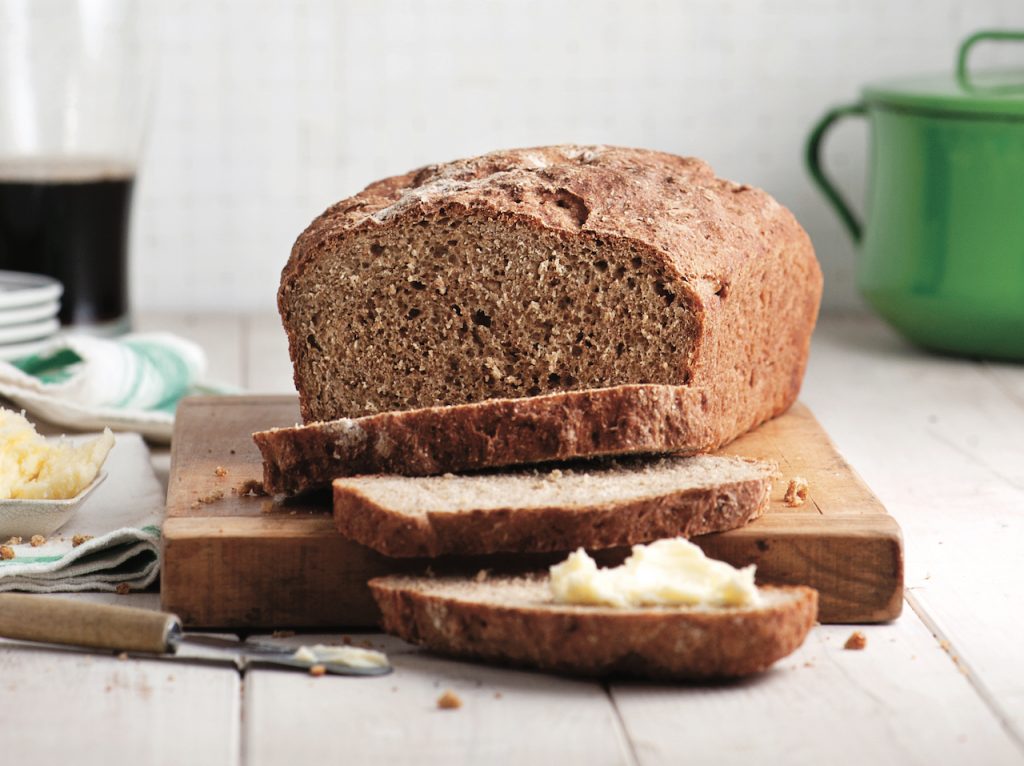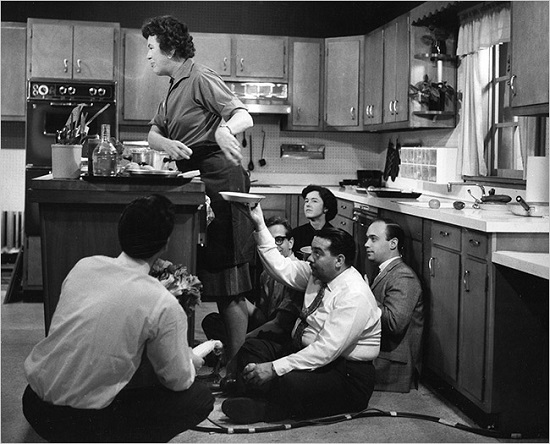 In yesteryears, there was a popular bread named WonderBread. Nutritionists said, “It’s a wonder it doesn’t kill you!” And there was a saying about the miracle of sliced bread. Today you can buy a variety of tasty and nutritious loaves—sliced or unsliced–from competent bakers or at farmers’ markets. But even those loaves don’t satisfy as much as ones that you have made yourself. We grew up next to our grandparents, and we loved it when our grandmother gave us a still-warm loaf (which was raised next to a wood-burning stove) for our next meal. In our case, we purchased a bread machine (ours is the Zojirushi), which does most of the work and ensures that our timing of the mixing and raising are correct. Most of our value-added is in choosing a recipe (we refer to The Bread Machine Cookbook, by Donna Rathmell German), assembling the ingredients, making sure that it is behaving properly in the early stages, and carefully removing the loaf from the machine (it doesn’t surrender its bounty without effort). The pandemic underscored the benefits of home baking.
In yesteryears, there was a popular bread named WonderBread. Nutritionists said, “It’s a wonder it doesn’t kill you!” And there was a saying about the miracle of sliced bread. Today you can buy a variety of tasty and nutritious loaves—sliced or unsliced–from competent bakers or at farmers’ markets. But even those loaves don’t satisfy as much as ones that you have made yourself. We grew up next to our grandparents, and we loved it when our grandmother gave us a still-warm loaf (which was raised next to a wood-burning stove) for our next meal. In our case, we purchased a bread machine (ours is the Zojirushi), which does most of the work and ensures that our timing of the mixing and raising are correct. Most of our value-added is in choosing a recipe (we refer to The Bread Machine Cookbook, by Donna Rathmell German), assembling the ingredients, making sure that it is behaving properly in the early stages, and carefully removing the loaf from the machine (it doesn’t surrender its bounty without effort). The pandemic underscored the benefits of home baking.


